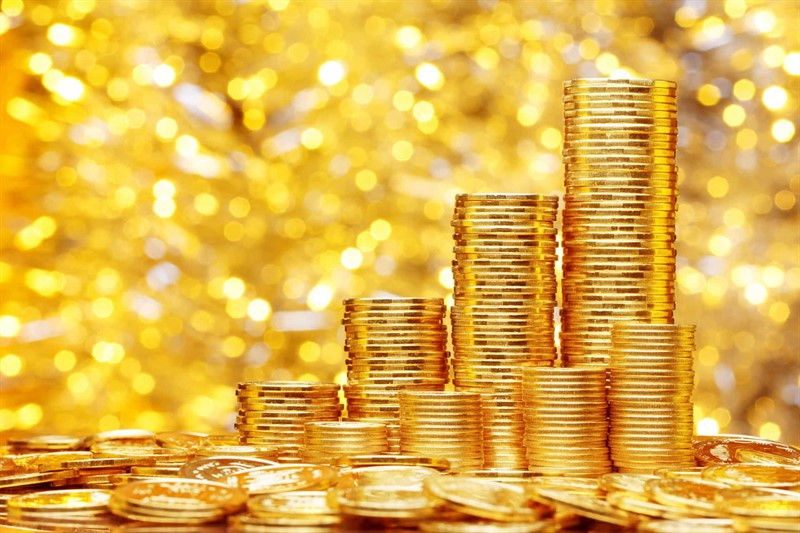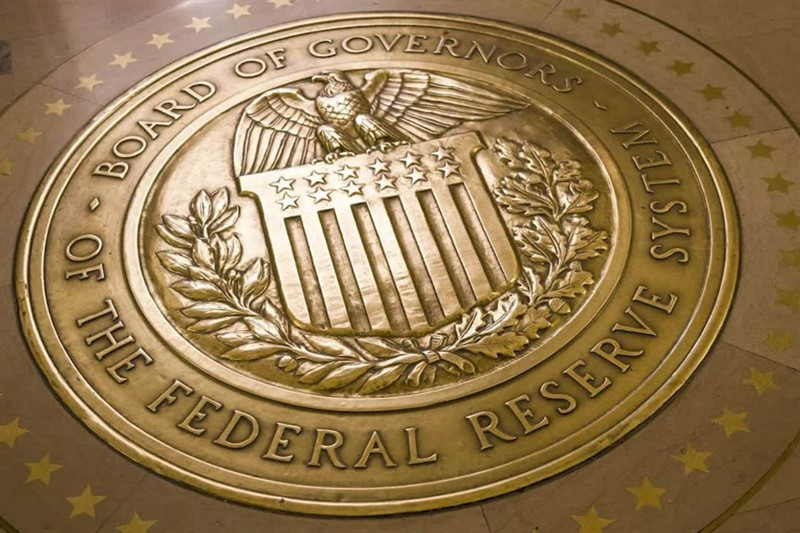
As soon as a new threat loomed on the horizon, investors reached for gold. The precious metal rose to a two-week high due to increased concerns about the negative impact of the coronavirus to Chinese and global GDP. At the same time, the S&P 500 index had its worst weekly performance since August, as the yield on ten-year treasuries sank to its lowest level since the beginning of October last year. If it weren't for the strong US dollar, gold's gains could have been even more impressive. However, the position of the US currency does not look so unshakable.
Although epidemics are usually not a long-term factor in the formation of exchange rates in Forex and other markets, they are quite enough to worsen investors' appetite for risks. Last Friday, January 24, the US stock marke sank more than 1% in one day for the first time since the beginning of October,. The correction in the S&P 500 index spurred the demand for defensive assets, thus, against this background, stocks of gold-based exchange-traded funds rose to their highest levels since November.
Since the beginning of the year, ten-year US government bond rates have fallen from 1.9% to 1.65%, despite the recent strong data on inflation, retail sales, business activity and employment in the US. Apparently, investors expect the Fed to begin showing concern about the increasing international risks, which is a reason for the weakening of monetary policy. Although FOMC officials argue that the US economy is still in excellent shape and monetary expansion is not necessary, the futures market has increased the chances of reducing the federal funds rate by 25 basis points in 2020 to 73%.

There is an opinion that the Fed may follow the Bank of Japan's footsteps, where in order to prevent an increase in borrowing costs, they will put a "cap" on the yield of treasury bonds. A similar precedent already existed in the United States in 1942-1951, when the regulator restricted the growth of rates, first on short-term and then on long-term obligations, in order to finance military spending and help restore the national economy. This approach is like a "cousin" of QE, and will certainly be perceived by investors as a "bearish" factor for the dollar.
It is possible that until the coronavirus epidemic reaches its peak, the demand for gold will grow. Like the case of SARS back in 2003, the process can take up to two to three months. Of course, there will be a massive collapse of speculative long positions in gold, but until then, the precious metal rate may rise above $1,600 per 1 ounce.
In terms of short-term prospects, the "dove" rhetoric of the Federal Reserve, worried about the increasing international risks and the deterioration of macro statistics in the United States, may become the drivers of gold's growth. According to the consensus forecast of Bloomberg analysts, the US economy expanded by 2.1% in the fourth quarter, and if the indicator turns out to be worse, then the weakness of the dollar and the continuation of the peak of the yield on treasuries as well as the correction of the S&P 500 index, will push the rate of XAU/USD upwards.
 English
English 
 Русский
Русский Bahasa Indonesia
Bahasa Indonesia Bahasa Malay
Bahasa Malay ไทย
ไทย Español
Español Deutsch
Deutsch Български
Български Français
Français Tiếng Việt
Tiếng Việt 中文
中文 বাংলা
বাংলা हिन्दी
हिन्दी Čeština
Čeština Українська
Українська Română
Română

